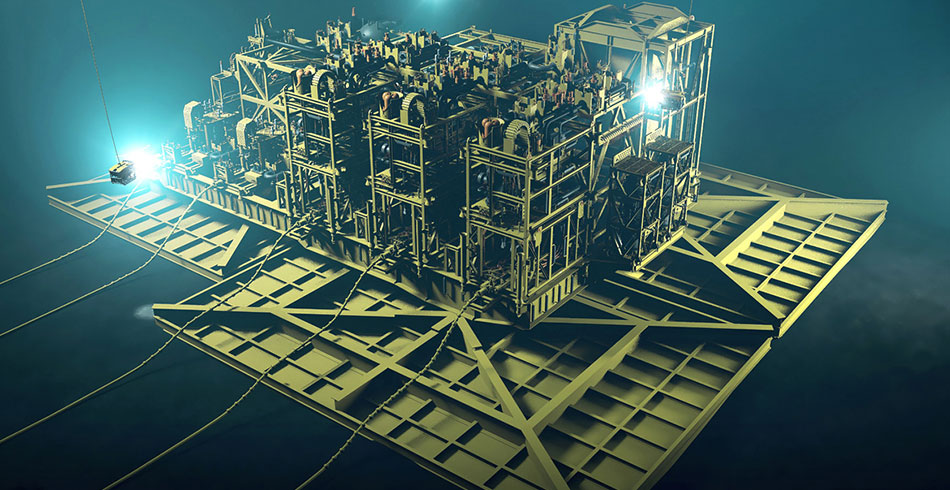ABB will supply the electrical power system (EPS) for Chevron’s multi-billion dollar Jansz-Io Compression offshore project in a deal worth $120 million.
ABB said work would commence immediately on the subsea compression system that will bolster the Chevron-led Gorgon liquefied natural gas (LNG) project. It is expected to be operational in 2025, according to Energy Voice.
“The project will involve the construction and installation of a 27,000-tonne topside and hull normally unattended floating field control station, approximately 6,500 tonnes of subsea compression infrastructure and a 135km submarine power cable linked to Barrow Island,” ABB said.
ABB will provide both topside and subsea electrical equipment for Jansz-Io, combining two core ABB technologies—power from shore and Variable Speed Drive (VSD) long step-out subsea power—for the first time. The electrical system will be able to transmit 100 megavolt-amperes over a distance of approximately 140km and at depths of 1,400m.
Related article: Chevron carbon capture shortfall ‘a shocking failure’
“This game changing technology significantly reduces power consumption and emissions compared to power generated offshore by local gas turbines and compressors located topside,” ABB president of energy industries Brandon Spencer said.
“Subsea compressors are key to helping improve reservoir recoverability and ensuring optimal use of resources from existing fields.”
The Chevron-led Gorgon LNG venture in Australia said it would proceed with the $4 billion investment for the Jansz-Io compression development that will keep customers in Asia supplied with gas for decades. Significantly, the subsea compression project, needed to move the gas from the deep seas to shore, will be the first of its kind outside of Norway.
Chevron said the Jansz-Io Compression project marks the US giant’s most significant capital investment in Australia since the approval of Gorgon Stage 2 in 2018.
The project is expected to take five years to complete and will improve gas recovery from offshore wells at the Jansz-Io field and help keep the three-train 15.6 million tonne per year LNG export plant filled for decades.







